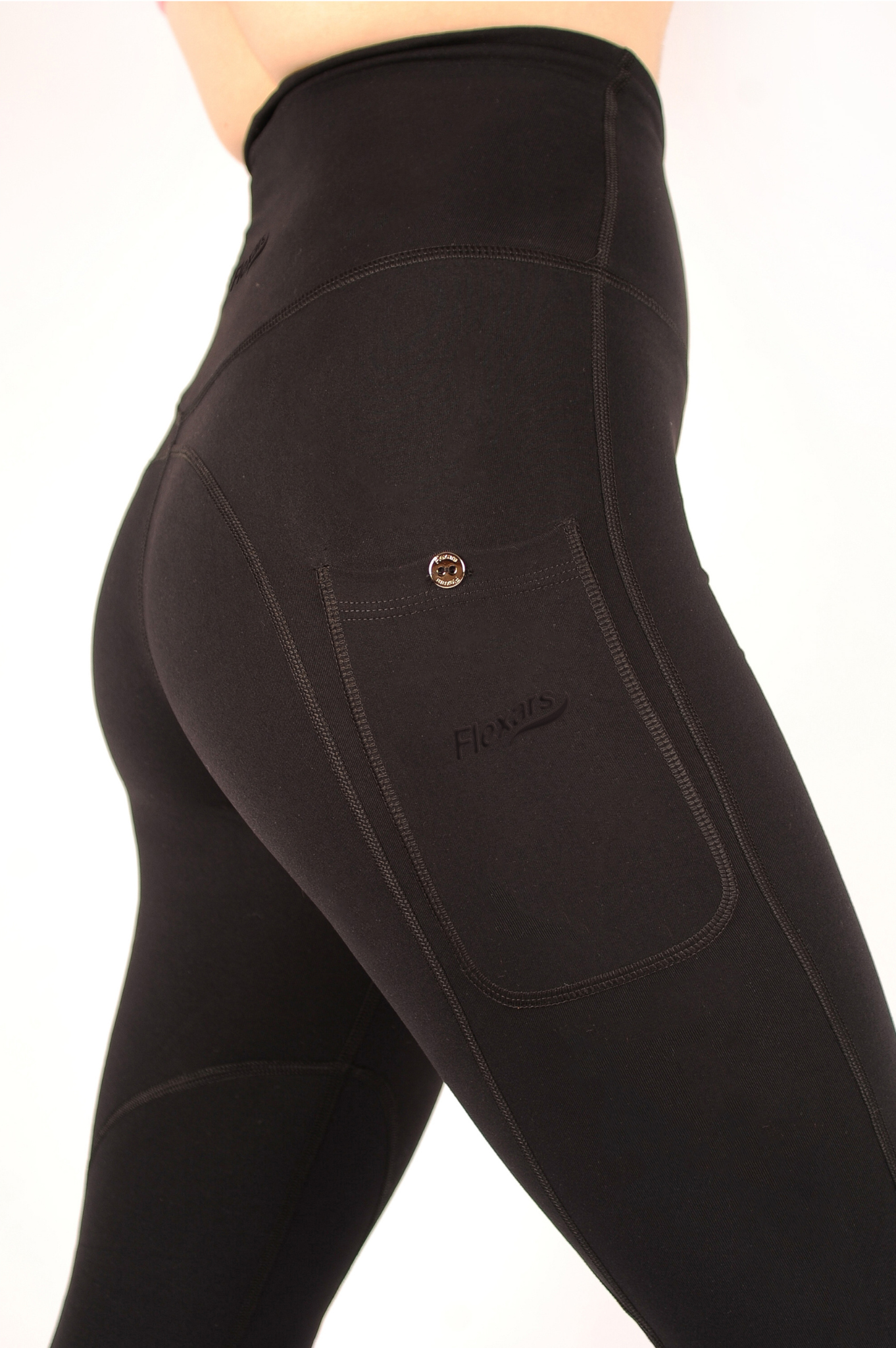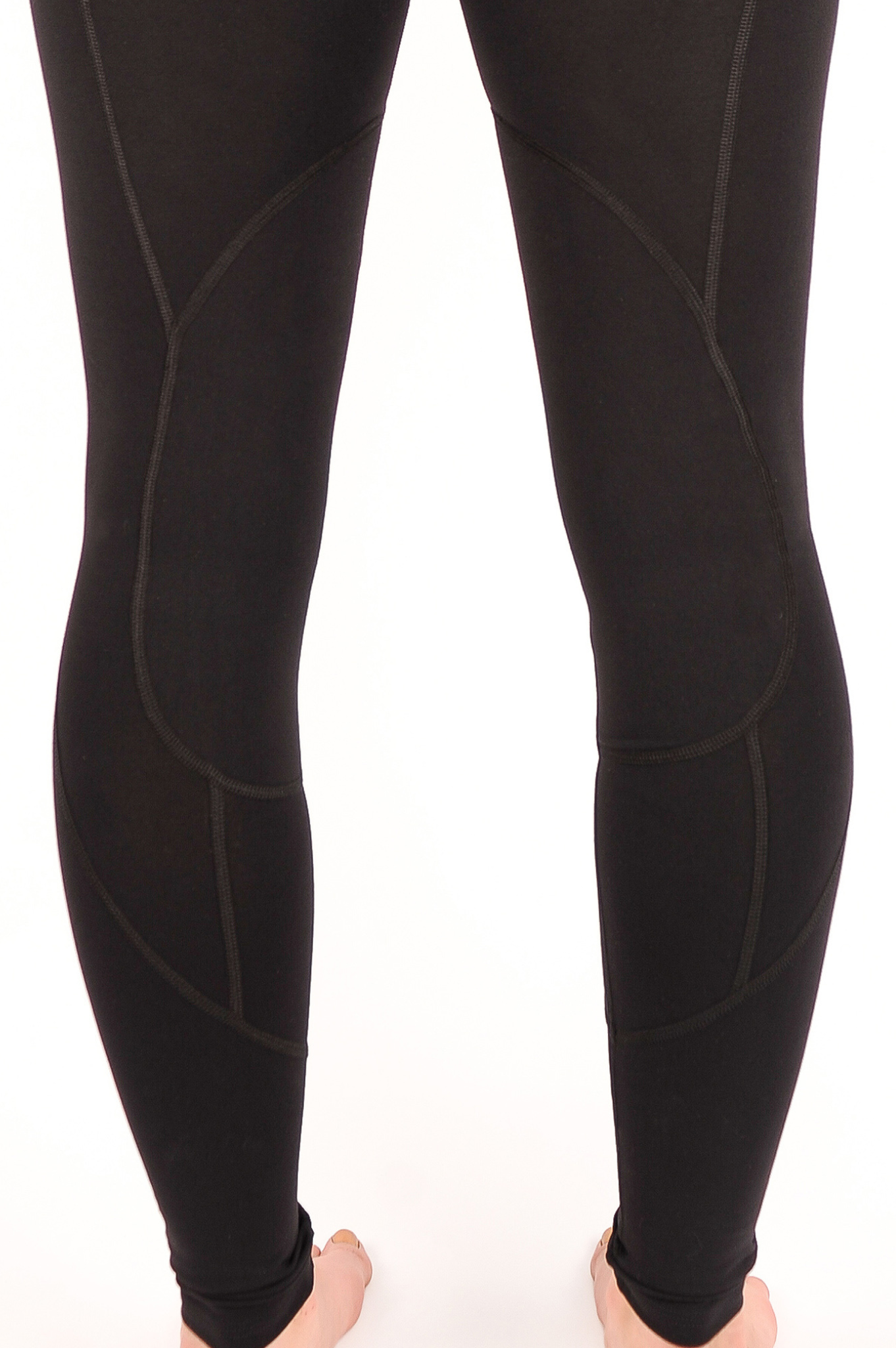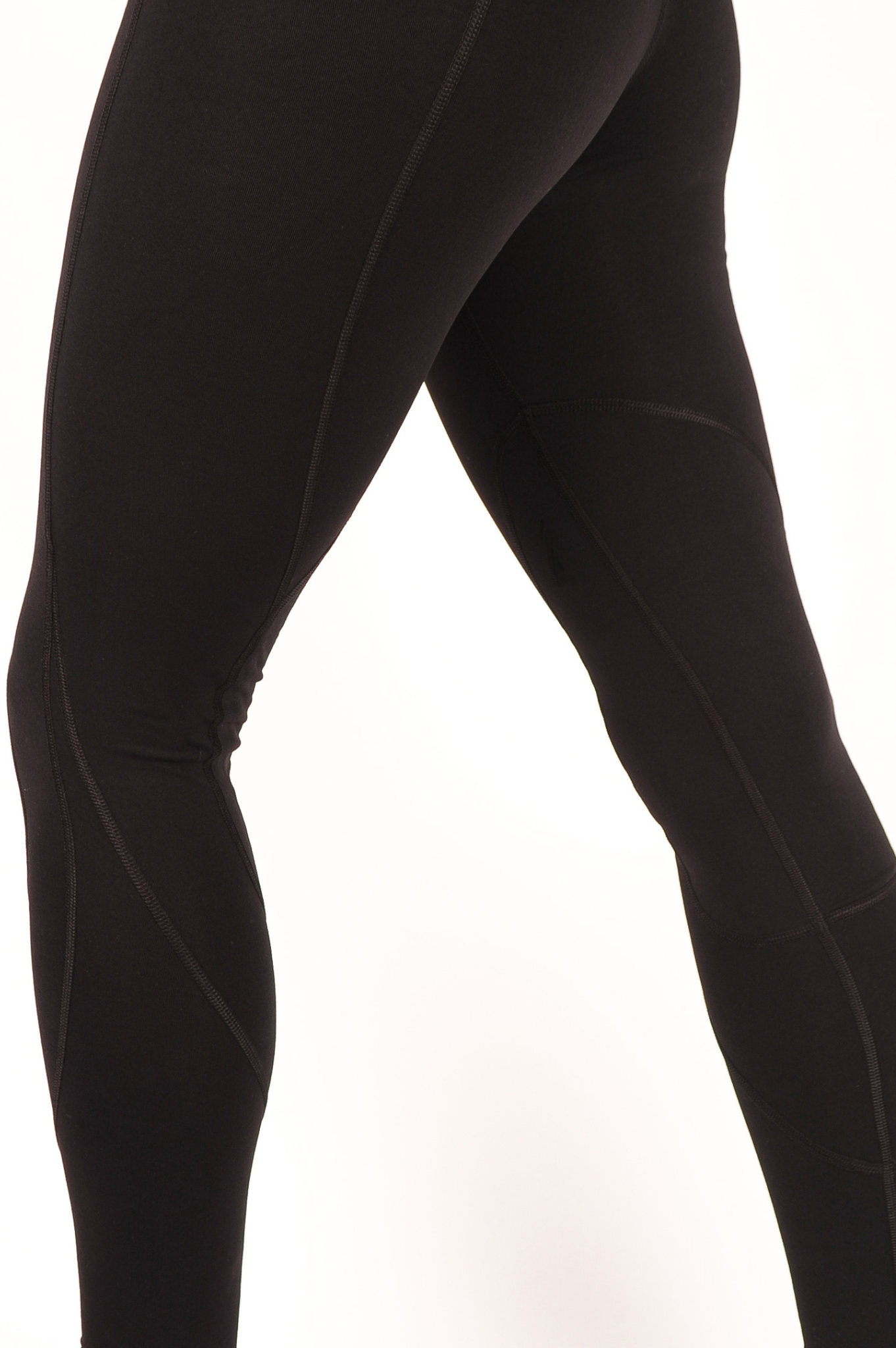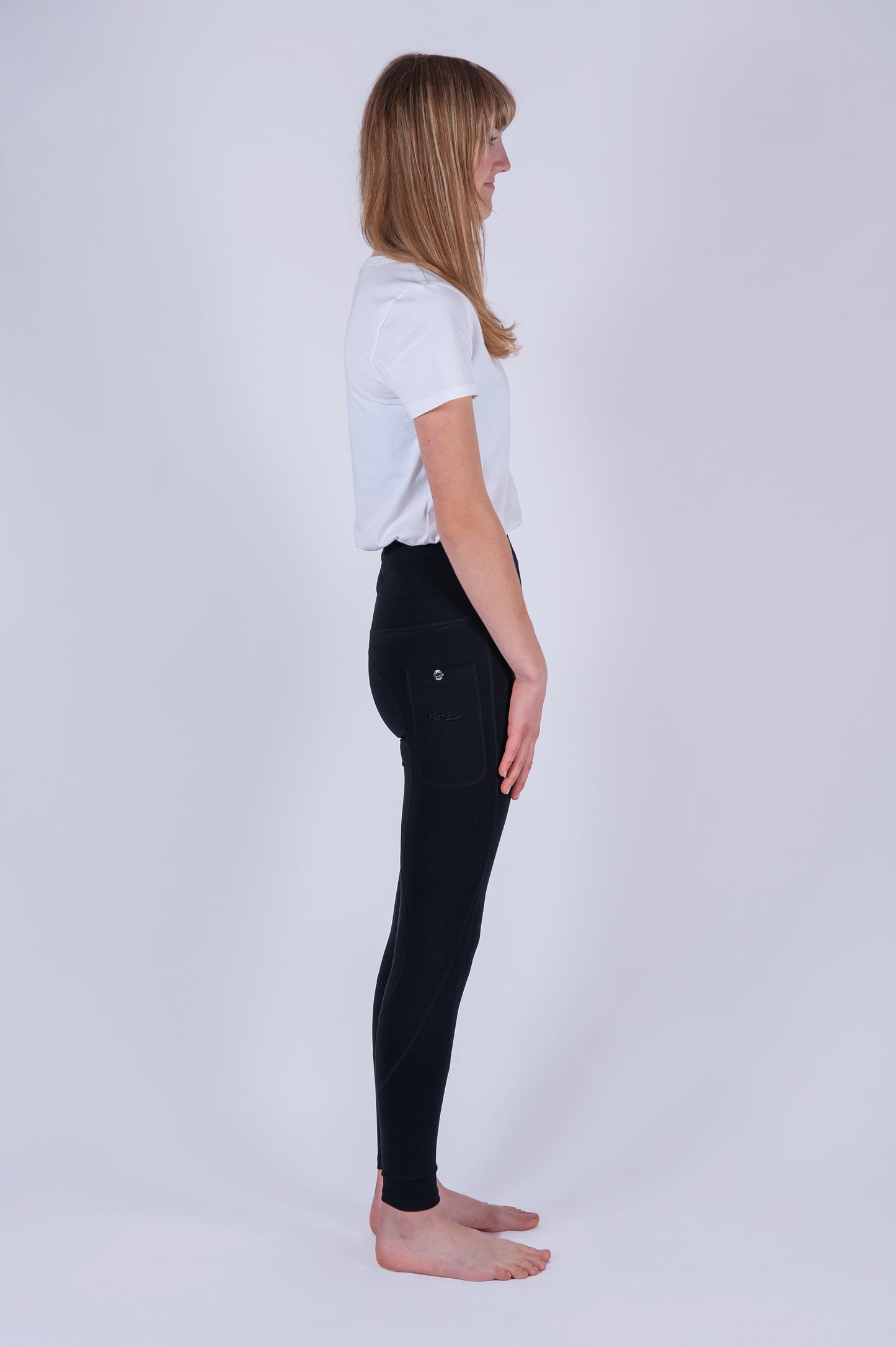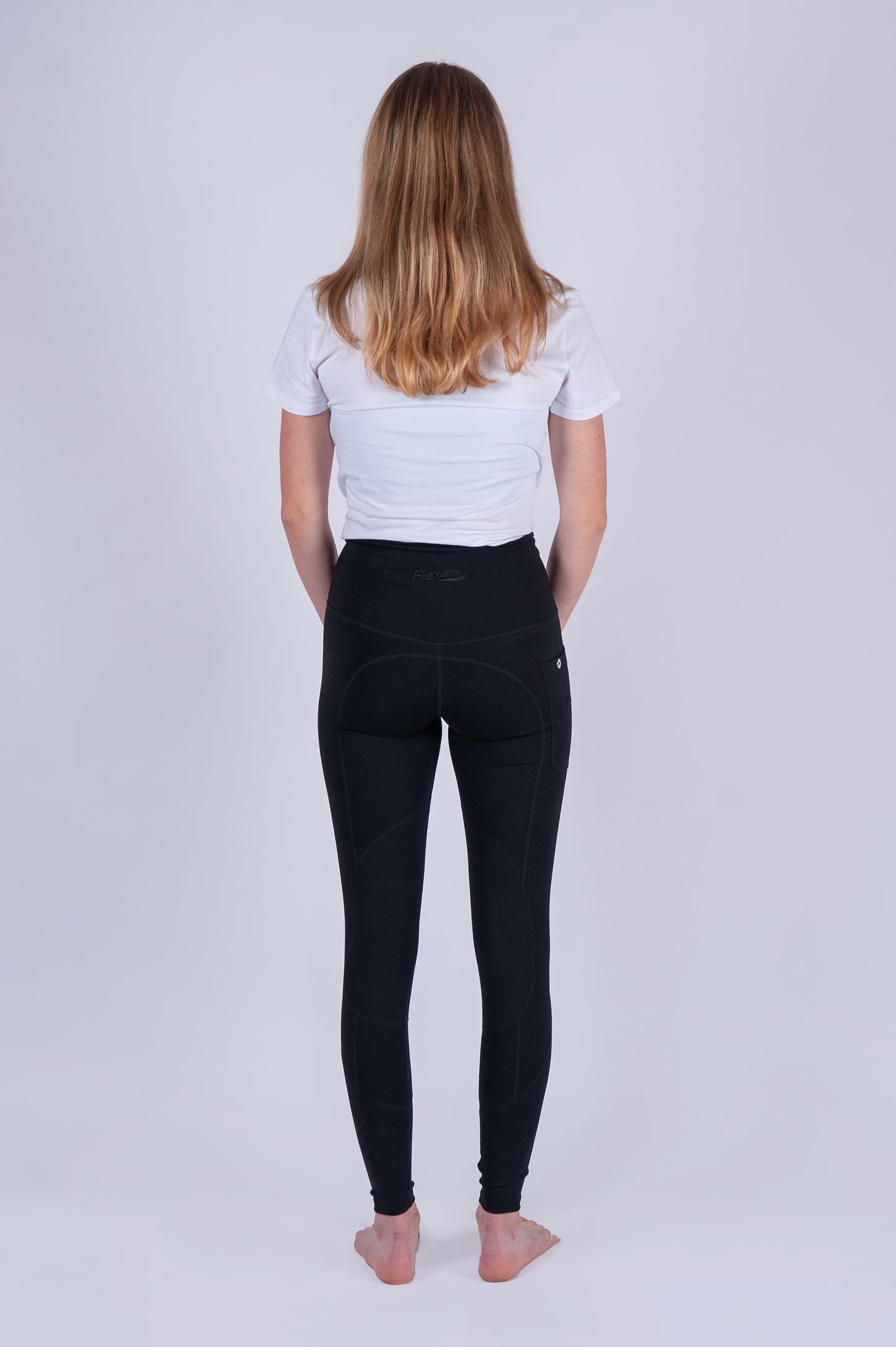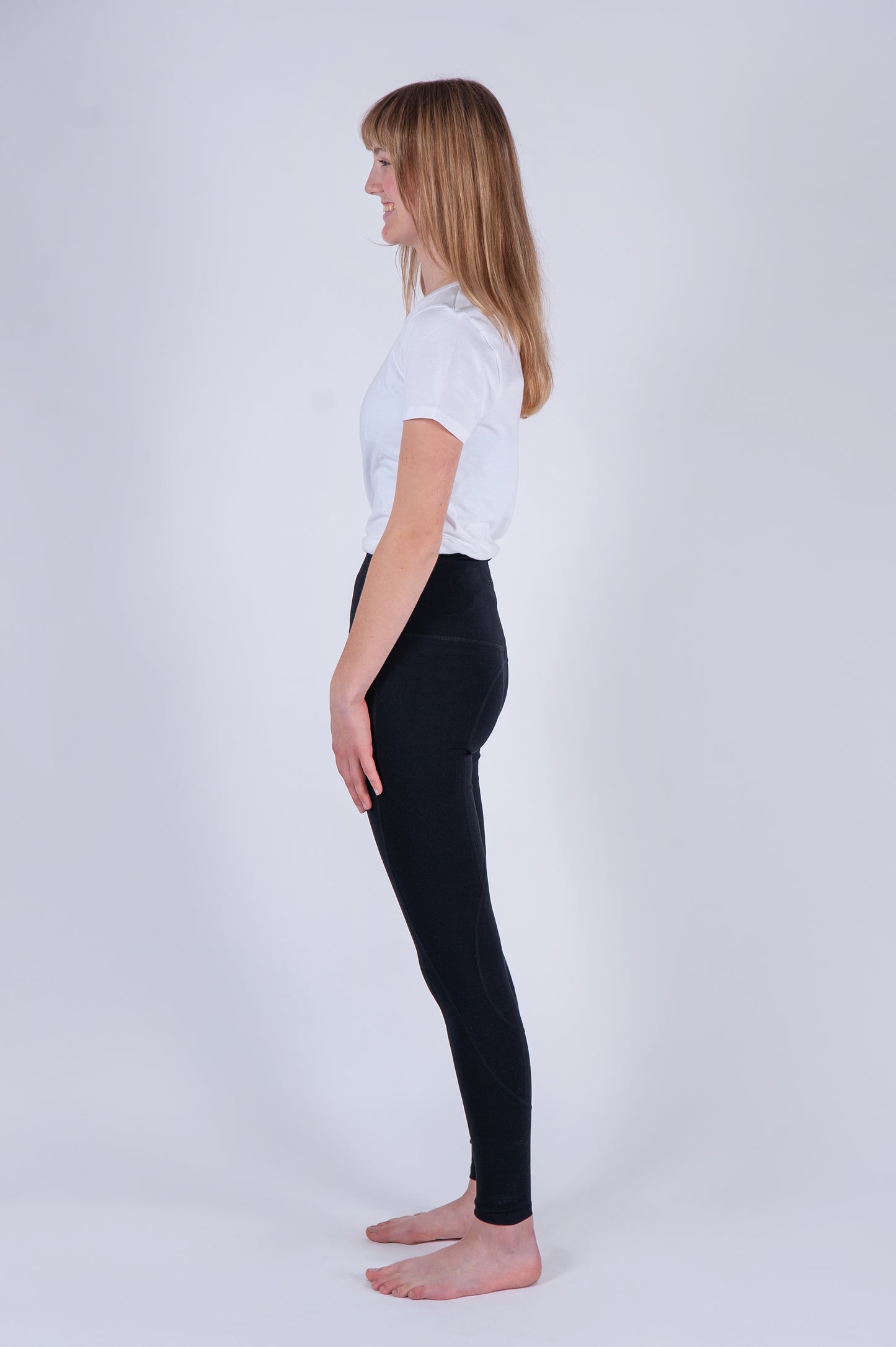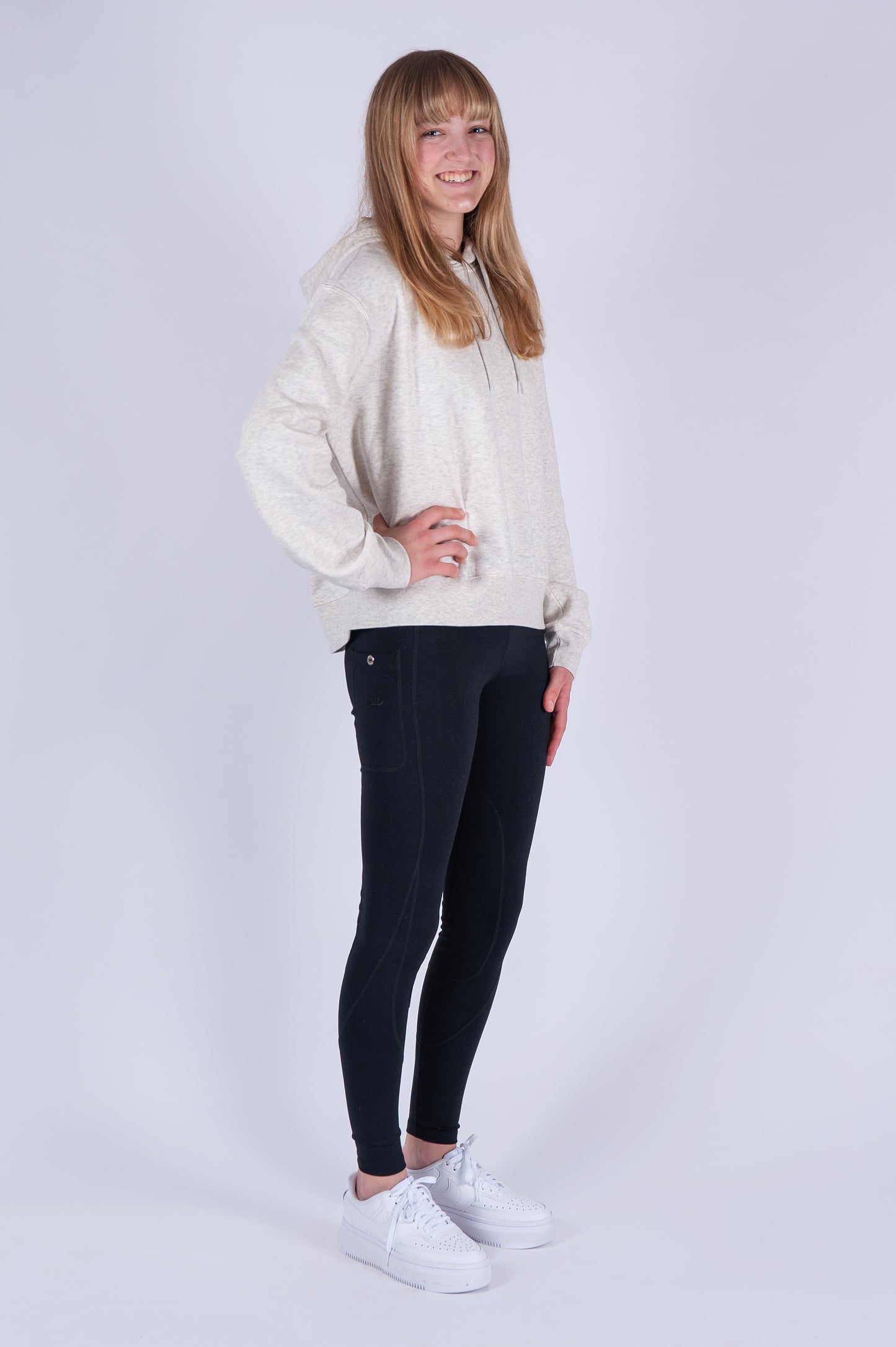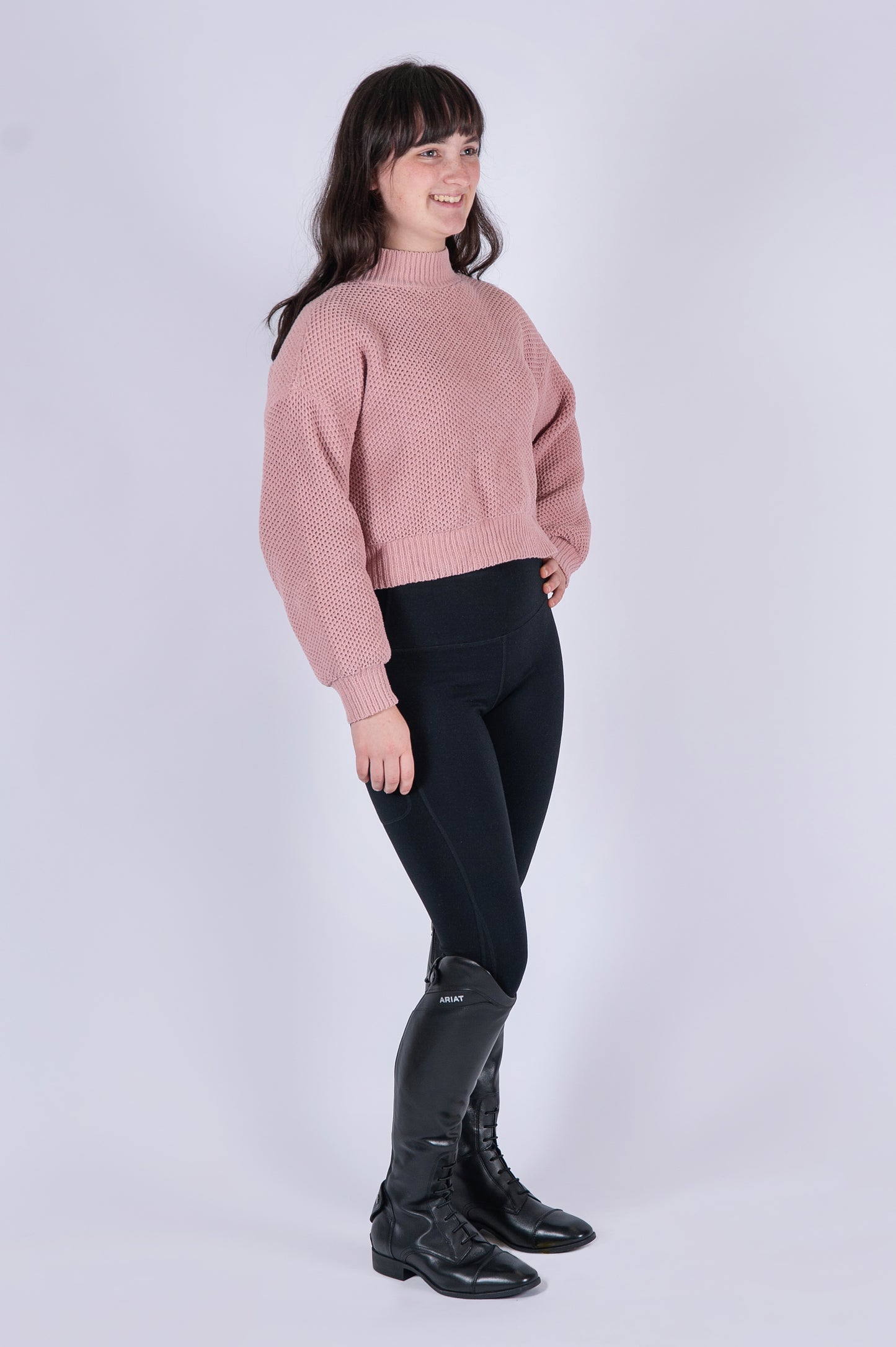On a riding day, my alarm goes off around 8am. I like to wake up earlier so I can have an extra 20-30 minutes in bed to allow my body a smoother transition from relaxed to my normal stiffness. I have Cerebral Palsy & Dystonia which cause my muscles to be tight, spastic and rigid compared to when I’m asleep, when they’re ‘normal’ and relaxed. I find if I rush in the morning it makes me more stiff, hence the early rise! Once up, I have a quick and easy morning routine to get ready: the first step is always making my bed, then having a shower and getting dressed! Truthfully, the longest part of my morning is me standing at my wardrobe trying to decide what colour Flexars I want to wear!
Around this time Bridget (my coach) gives Wish her breakfast then turns her out in the field to let out any potential pent up energy! That way it’s safer for me when we train.
After breakfast (porridge or a bagel) I then head to the car ready for the drive to the stables! Riding has become much easier for me now I can drive myself as I don’t have to rely on anyone to take me. The question I get asked the most on social media is how do I drive? I was taught to use a steering adaption on the wheel that allows me to drive one handed, meaning I can only drive automatic - which I’m not complaining about, it’s so much easier! If riding isn’t my favourite part of the day, driving through the city and the countryside listening to my favourite music is!
I arrive at the stables around 9:30-10am. More recently due to lockdown I get a lie in but normally I’d be working around my university schedule, so I would ride either really early or late afternoon! On arrival, my coach and I discuss what we would like to do during the lesson that day whilst we are grooming, doing chores and tacking up the horses. I also try to stretch to loosen up my muscles... if I can remember!
I then get on by a leg up, which I couldn’t do a year ago but has proven to be so useful as now I can get on from anywhere without putting on a stirrup. The reason I ride without stirrups is mostly due to my high tone, when my legs are restricted (by stirrups) they get more tense which makes it harder for me to ride. Although the more I ride the lower my tone gets, so I can relax into it! I start off with a quick walk down the lane just to get warmed up, practicing my transitions along the way with some leg yielding too! I then spend anywhere from 45 minutes to a hour in the arena (outside) where I’ll do some schooling, practice movements from my dressage tests as well as having a bit of fun! At the moment we’re focusing on working on the bit and trying to gain more control of both mine and Wish’s shoulders.
When I get off I’m usually quite tired so Bridget helps to take off tack and put on rugs whilst I take on cuddles, grooming and treat duty! We always then debrief after a ride, talking about what went well and what we’ll try to improve on next time.
On the way home I like to stop by Starbucks, it used to be because that’s all that’s open during lockdown but lately I’ve started a series on TikTok where I rate a new drink each time, mainly for my own entertainment but it has become quite popular! When I get home I normally grab some lunch and catch up on my emails, research for sponsors/riding opportunities, university work and social media work! I try to post as much about my riding journey as possible, 1. To educate others about para riding, 2. To support the small businesses that I use/wear and 3. to catch the eyes of future sponsors/opportunities. Although most days I’m so tired I just end up watching Netflix and having a hot shower to let my body relax!
My day ends watching tv and catching up with my family, talking about our days while binge watching a few good series then off to bed!
Thank you for reading! If you have any questions about para-riding, please feel free to get in touch! My socials are: @teganvincentcooke.
Tegan

Tegan and Wish





